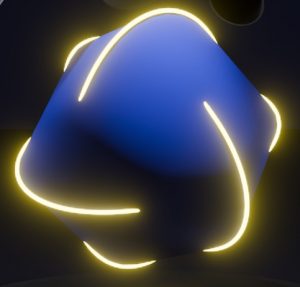In a new paper published in Nature Physics, Victor Barizien and Jean-Daniel Bancal of the IPhT provide an answer to a 40-year-old open question about the scope of quantum entanglement.

Quantum entanglement is at the heart of the second quantum revolution, opening the door to numerous applications in the field of quantum technologies, from sensors to quantum computers. However, its impact remains difficult to identify, even in the simplest scenarios such as Bell tests, highlighted by the 2022 Nobel Prize in Physics. For the first time, this theoretical work precisely determines the scope of quantum entanglement in such an experiment.
An entangled system comprises two parts that are inextricably linked. When these subsystems are measured, this link appears in the frequencies of the observed results. A signature of the quantum regime par excellence, these statistics are a foundation of the growing field of quantum information. Until now, however, statistics derived from measurements on entangled states have always resisted analysis. By identifying all the frequencies needed to reconstruct the description of the measured quantum system, this work presents the first complete and explicit description of a set of quantum statistics.
This result has both fundamental and applied significance. Indeed, the type of reconstruction obtained forms the basis of the most advanced validation methods for quantum devices. This work paves the way for new, more comprehensive test procedures for quantum devices. At the same time, by determining the extent of quantum statistics, this result identifies the limits of quantum physics itself. It thus informs us about the scope of quantum theory and offers new perspectives for better understanding it.
[1] V. Barizien, J.D. Bancal (2025).
Quantum statistics in the minimal Bell scenario. Nature Physics.
https://www.nature.com/articles/s41567-025-02782-3


